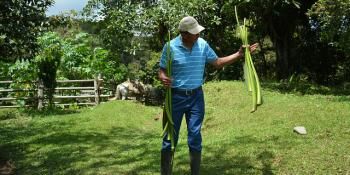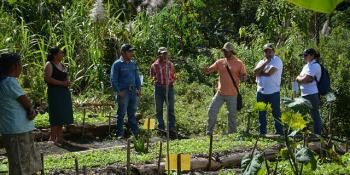Unearthing the unknown: Developing small-scale irrigation spatial information systems to support value chain transformation
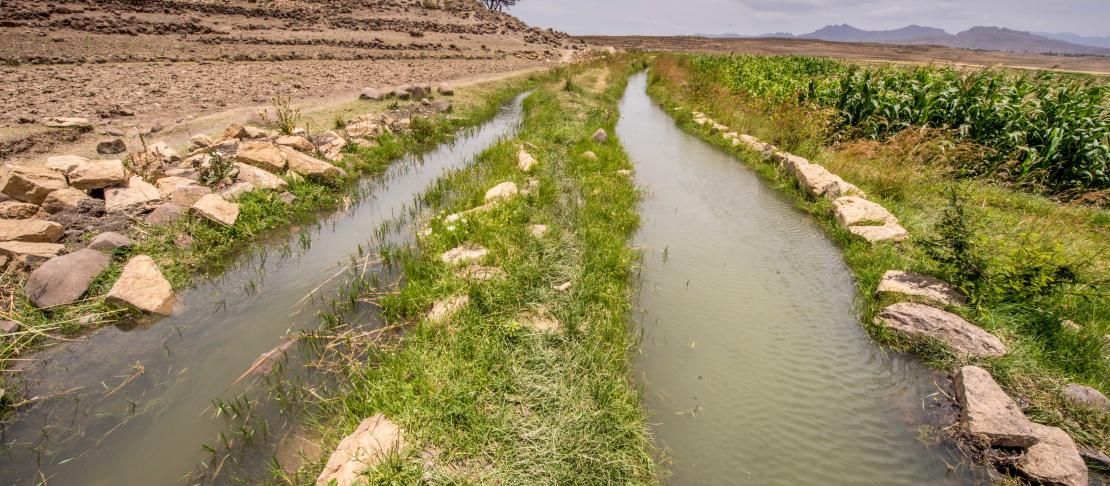
Ethiopia is known as the water tower of East Africa due to its abundant water resources. Recent figures estimate that the country has around 124.4 billion cubic meters (BCM) of river water, 70 BCM lake water, and 30 BCM groundwater resources. This potential can enable the development of 3.8 million hectares of irrigation and 45,000 MW of hydropower production. This is a massive potential in a country where millions are food insecure and lack electricity supply coverage.
To address these challenges, the country is studying the potential of available water resources to provide irrigation and power supply. The effort to expand mechanized irrigation in the lowlands of the country for the irrigation of wheat and reduced import is one critical example. In addition, the national government has been introducing new irrigation technologies under its various water harvesting schemes, which include ponds, hand-dug wells, and stream and flood diversions. The Ministry of Agriculture (MoA) and the Ministry of Water, Irrigation and Electricity (MoWIE) jointly prepared the National Smallholder Irrigation and Drainage Strategy in 2011 with the aim of specifically identifying priority areas of intervention for rapidly and effectively scaling up smallholder-irrigated agriculture across Ethiopia. These strategies highlight the governmental commitment to transforming smallholder agriculture through developing smallholding irrigation systems. The various hydroelectric power dams including the Grand Ethiopian Renaissance Dam are a means to address the challenge of power supply, of which nearly 50% of the population lacks access.
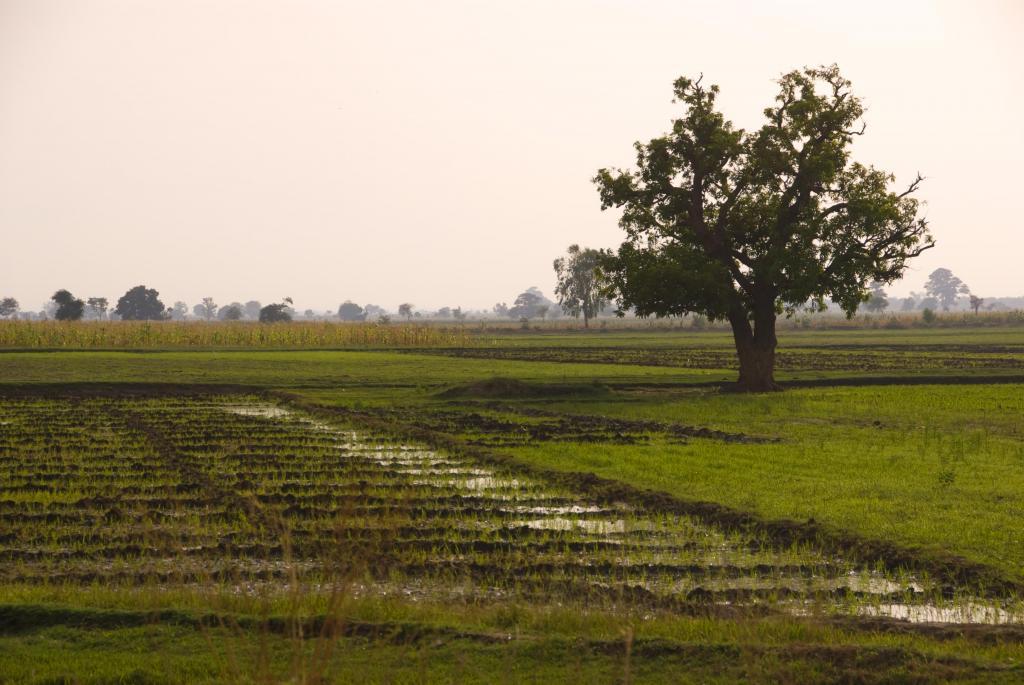
Small-scale irrigation is a lifeline for smallholder farmers. Photo: A. Hoel (World Bank)
Importance of small-scale irrigation systems for smallholder farmers
While the effort to harness the irrigation potential is commendable, there is an important gap as the focus is largely on medium- and large-scale irrigation systems, forgetting the most important small-scale irrigation schemes that provide nutrition and resilience to smallholder farmers. By ‘small-scale’ we are referring to irrigation schemes operated by smallholder farmers to satisfy their income, nutrition and food security needs. The farmers use available means including diversion from rivers to irrigate small farmlands or forage for livestock around their homesteads or off-field. These schemes are not necessarily linked with the extension system and are not a result of the "water harvested-based campaign." The observed challenge is that the potential assessments and efforts to promote irrigation systems in the country completely ignore these very localized but effective small-scale irrigation schemes employed by farmers. Because of this, the potential, opportunities, constraints and challenges of those farmers are not known. Smallholder farmers often plan crop choice, method of water application, and market linkages without support from extension services and generally struggle to obtain optimal benefits. Hence, because of a lack of experience and advisories, households tend to plant non-commercial crops, and in most cases, grow the same type of crop and vegetable. In many cases, this leads to price failure and income loss.
Considering the importance of such small-scale irrigation schemes to complement food and nutrition security in most rural areas, it is essential to understand their constraints, challenges, potential and opportunities to provide a basis for knowledge-based decision-making. To achieve this, it will be essential to identify, map and characterize the conditions, production systems and value chains associated with small-scale irrigation practices to develop advisory services. The Amhara Region, the International Water Management Institute (IWMI) and the MoA have been collaborating to create an inventory of smallholding-irrigated areas in some parts of the region. However, the ongoing effort does not provide spatial information and essential data to improve the performance of the irrigations systems including the type of crops grown, crop yield, market access and storage are missing. Knowledge of the spatial distribution of these schemes and a sound understanding of their operating modalities as well as biophysical and socio-economic conditions can provide valuable information related to crop choice, amount and timing of irrigation, market availability, price information, and development of storage and transport facilities. Such engagement aligns with the digitalization efforts the country is putting in place under its Digital Ethiopia 2025 Strategy.
Interactive platforms for data visualization of small-scale irrigation
The Alliance of Bioversity and CIAT (The Alliance), in collaboration with the CGIAR Research Program on Climate Change, Agriculture and Food Security (CCAFS), Addis Ababa University (AAU) and the MoA ventured into using up-to-date technologies to identify and map small-scale irrigation schemes and develop a web-based dashboard for visualization. The aim is to develop a web-based Small-Scale Irrigation Management Information System (SSIMIS) to facilitate data collection, storage, management and analysis. This adds value to improve the current simplified ‘table-based’ system in the MoA, which is mainly stored in a traditional analogue format at the development agents’ offices. When it is finalized and scaled, the SSIMIS will provide multiple benefits including enhancing agricultural productivity (through tailored advisories to farmers employing small-scale irrigation schemes), enabling the adoption of green revolution technologies, creating additional employment opportunities, contributing to economic growth and poverty alleviation and building resilience to anticipated adverse impacts of climate change.
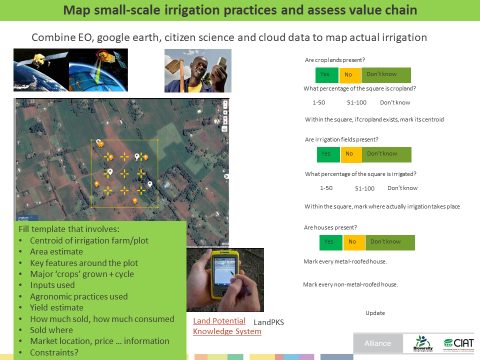
An interactive platform to map small-scale irrigation systems for agricultural value chains. Photo: QEI
The SSMIS employs a combination of earth observation, citizen science and geospatial techniques. In developing the web-enabled spatial information system, three integrated approaches were implemented: (1) advanced geospatial analysis and remote sensing, (2) citizen science, and (3) machine learning approaches. The system will be able to provide timely, accurate and a readily available database on small-scale irrigation schemes.
The prototype dashboard is under development and will be ready by 2021. The dashboard will be linked with relevant geospatial datasets and the system will be updated in near real-time. In due course, an app will be developed to disseminate advisories related to crop choice, input use and market information. Feedback from the farmers and extension workers will be relayed to the system for fine-tuning through adaptive learning.
EU-IFAD and GIZ Ethiopia have provided financial support for the work. Members of the "coalition of the willing" (team of willing experts working to support agricultural transformation) have provided inputs at various stages of the exercise.
